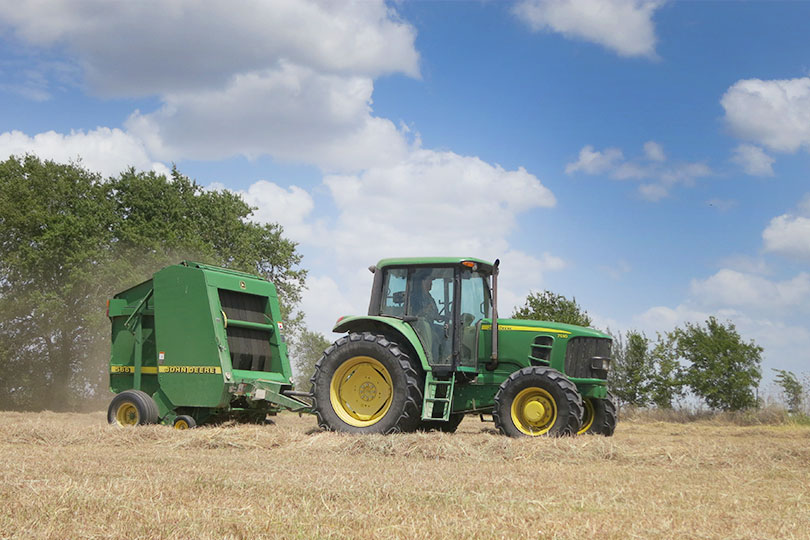By Julie Tomascik
Editor
Farmers and ranchers continue to pay escalating prices to grow crops and raise livestock. One of those increasing costs is diesel.
In mid-May, Allen Kaminski paid $4.56 per gallon for diesel. Compared to last year, that’s up over $2 per gallon for the Austin County rancher.
“I checked my receipts from last year, and in May, I was paying $2.25 per gallon. That’s for off-road farm diesel,” Kaminski, who raises cattle and grows hay, said. “Last year, it cost me about $225 to fill the 100-gallon tank on my truck of off-road diesel. Now, it’s $456 for the same tank. That’s $231 more in one year.”
Nationwide, diesel prices hit a record high in mid-May. The national average price of diesel was $5.54 per gallon, and records show no state is currently seeing diesel prices below $5.12 per gallon.
Kaminski noted the increased fuel prices, combined with the rising costs for fertilizer and parts, will impact his bottom line.
“It’s a big change. It’s a big impact,” he said in an interview with the Texas Farm Bureau Radio Network. “Let’s say I’ll burn 30 gallons a day in one tractor, so I’m going to burn $150 worth of fuel. Plus, it’s just not that fuel, but it’s the parts, the twine, the net wrap that I use. All that’s increasing because the transportation costs to get my supplies or parts that I need to the store is increasing.”
The record high prices are troubling, but a diesel shortage could be catastrophic. Certain areas of the country have already seen a shortage.
But the cost of diesel isn’t the only thing worrying Kaminski. Lingering drought is putting pressure on grazing for his cattle, his hay fields and stock tanks.
“It’s not just the supply chain issues, but we’re in dry conditions, too,” Kaminski, Texas Farm Bureau District 11 state director, said. “So, we’re going to run the same equipment across the fields, but what we’re going to get in production is going to be less, too. So, our expenses are going to be higher.”
Despite the challenges facing agriculture, Kaminski said farmers and ranchers are still optimistic, albeit not as much as usual.
“We still have a positive attitude, but we’re concerned about what’s this going to lead to? What’s the next steps? How much higher is it going to get? What’s the price going to be of fuel in another two or three months?” he asked. “And then with lack of rain where are we going to get our hay? How much are we going to have to pay to get hay shipped in? Because that’s going to add to the cost, transportation cost, bringing that hay in for us. So, we’re concerned, too.”


Well that’s not all calf prices sure is not going up on our end hard to have a good out look at this time.
Easy, anyone who voted for the green new deal should not be allowed to buy gasoline or diesel.